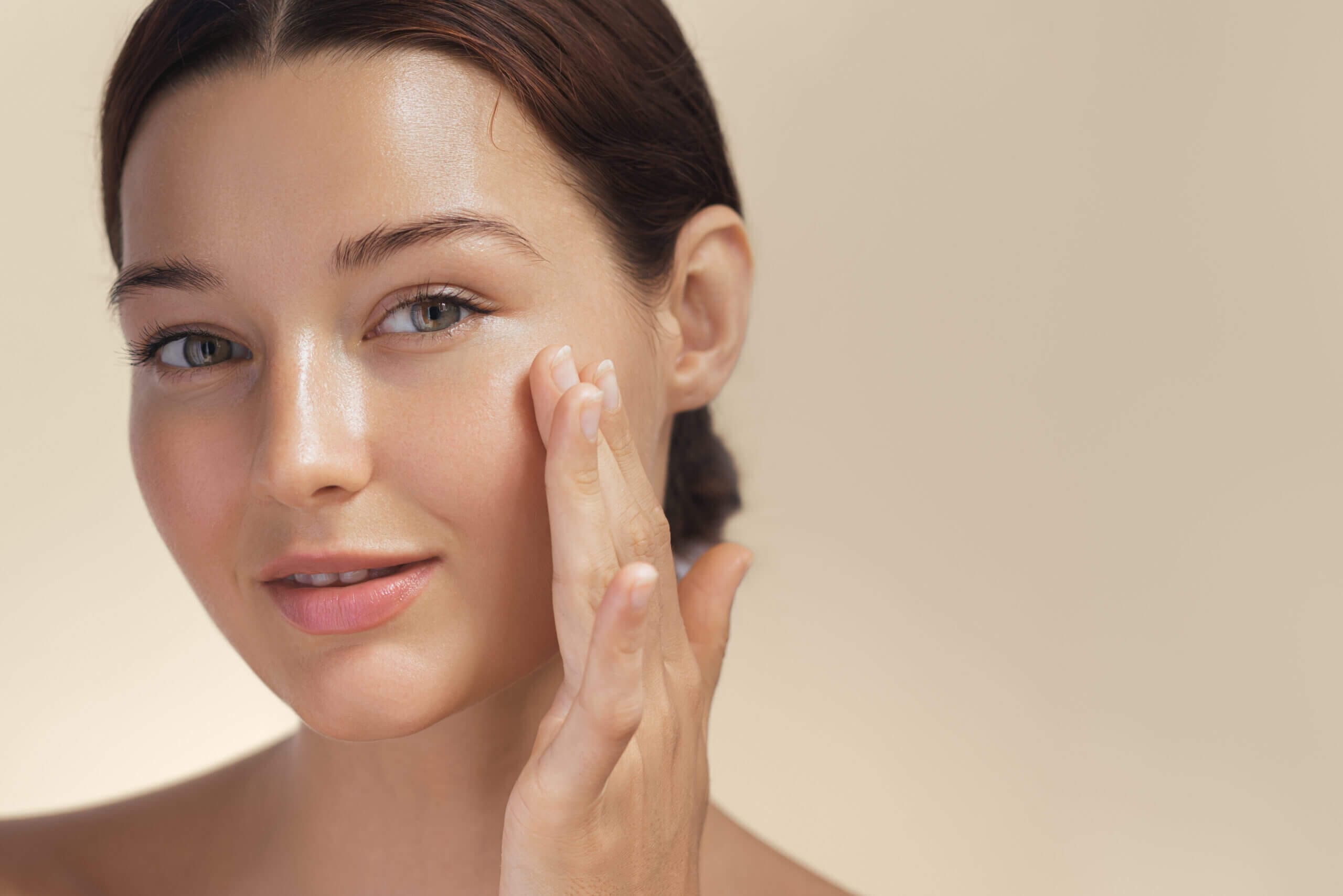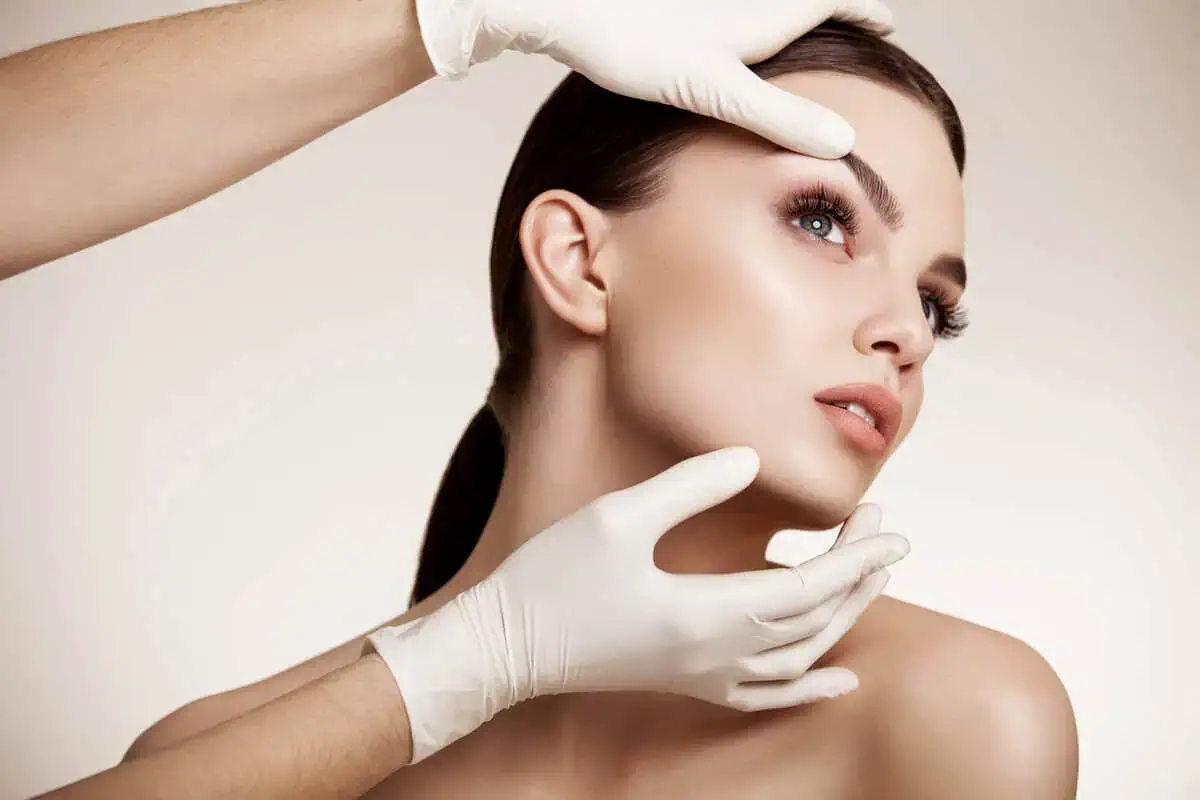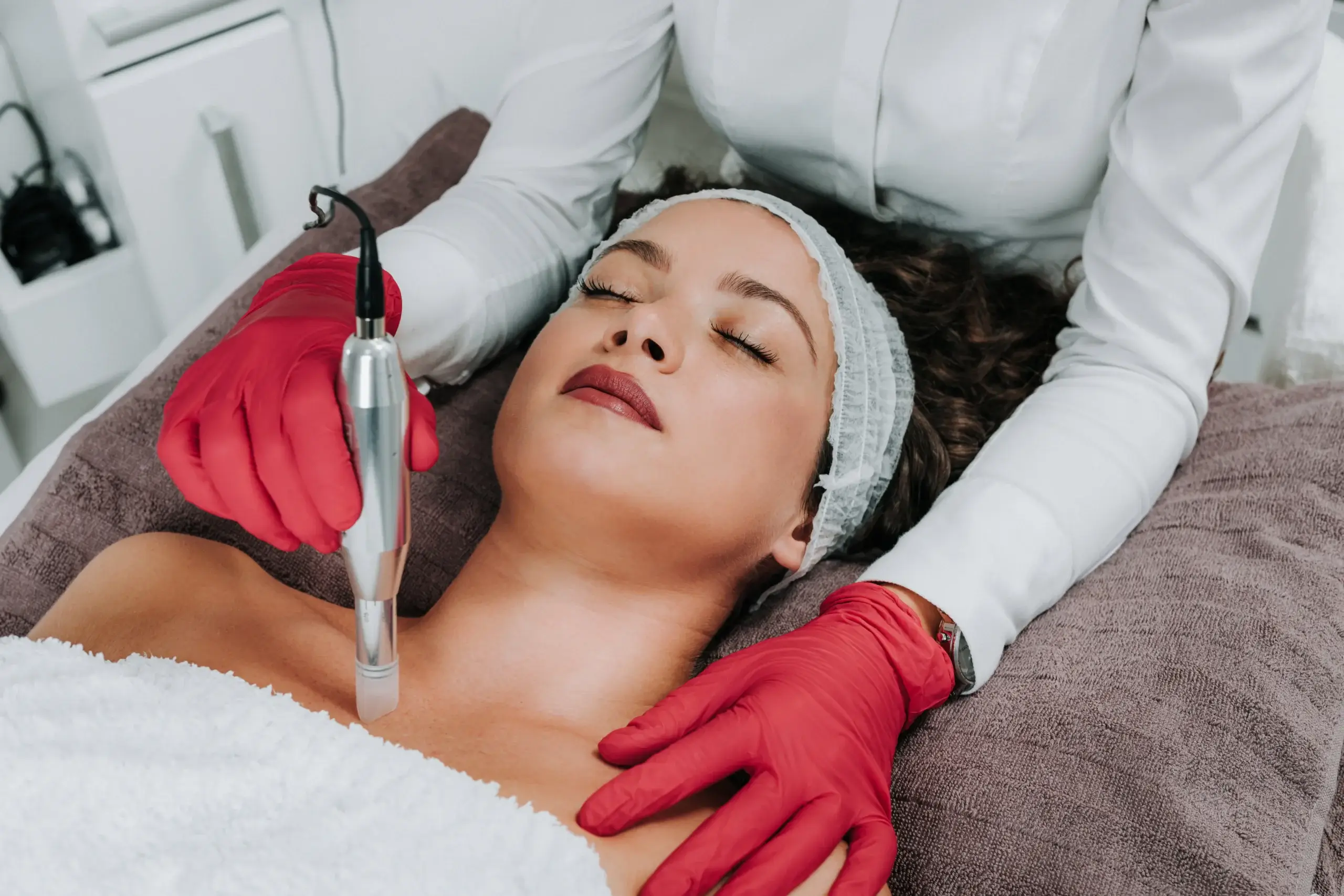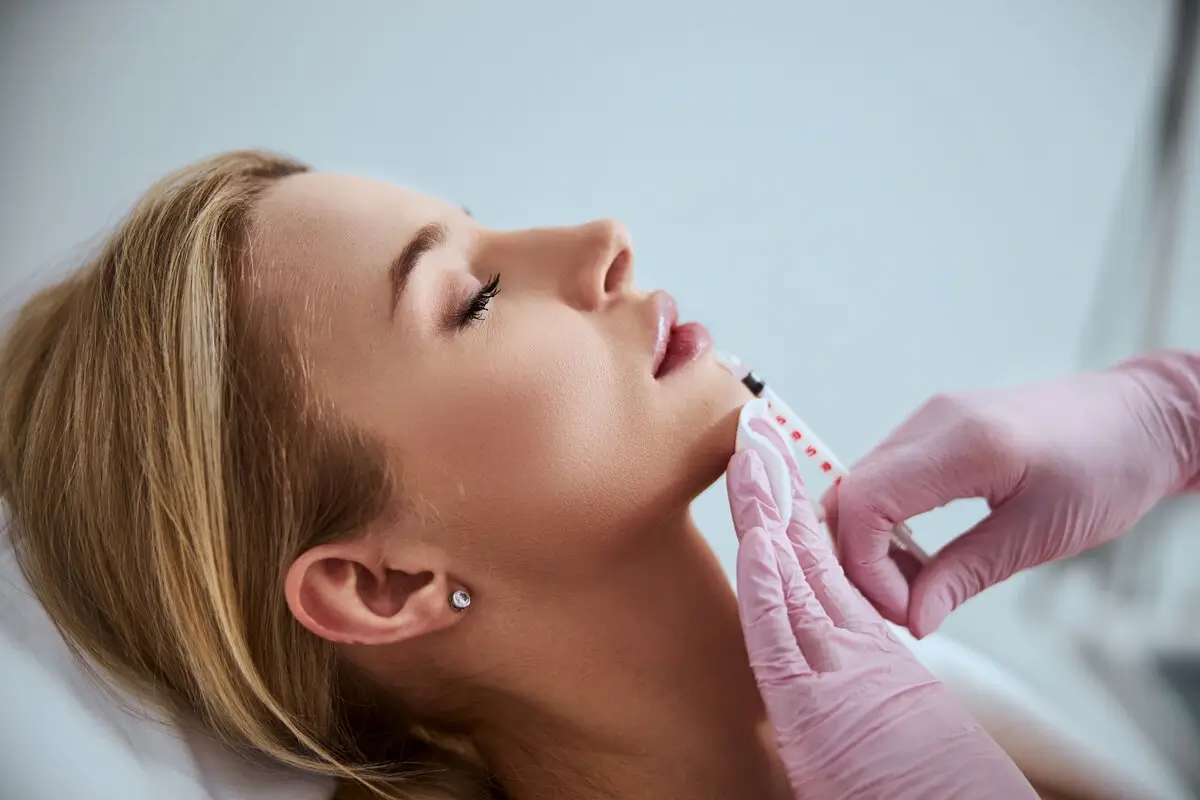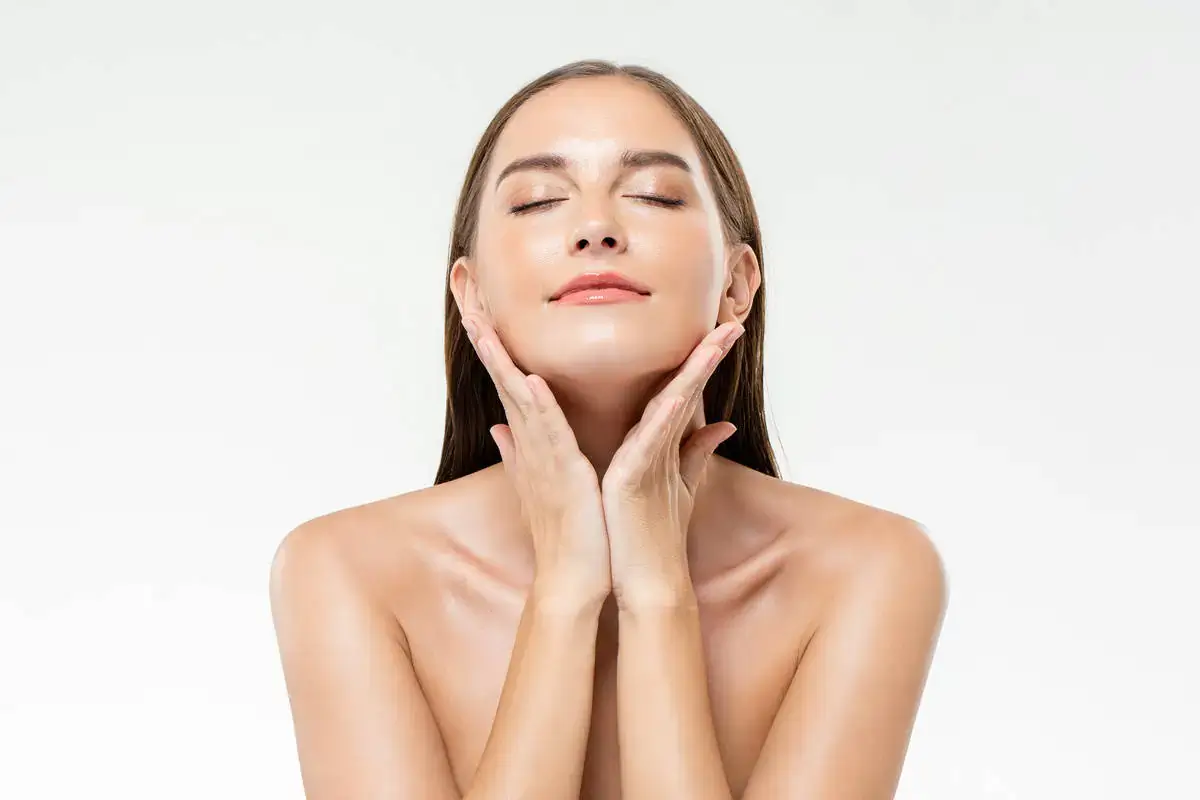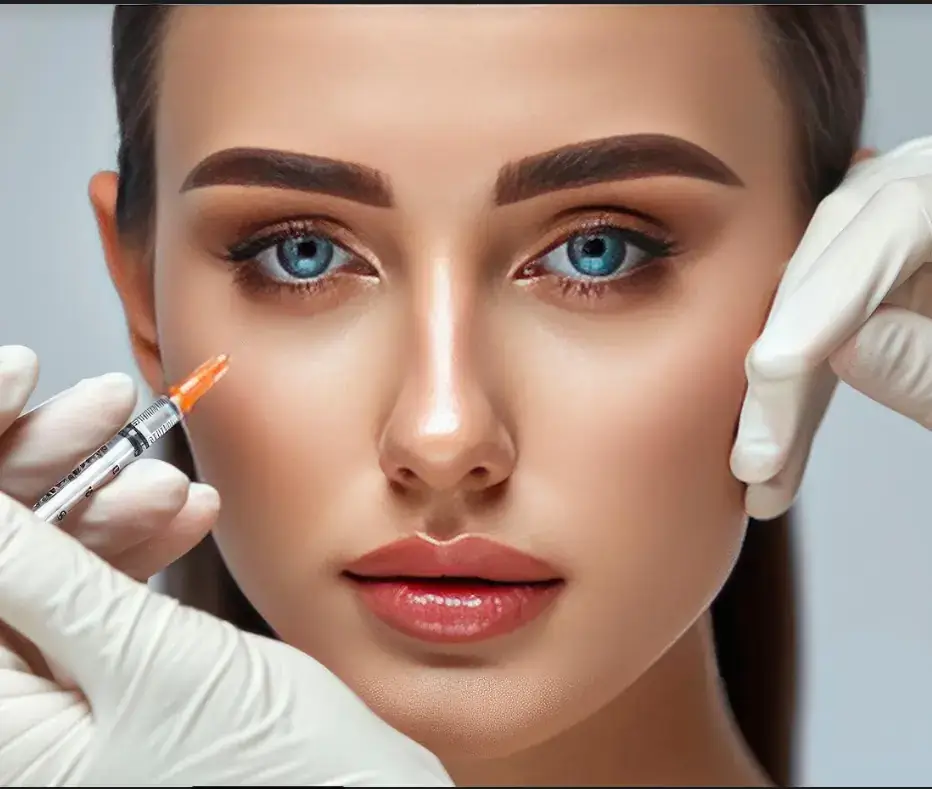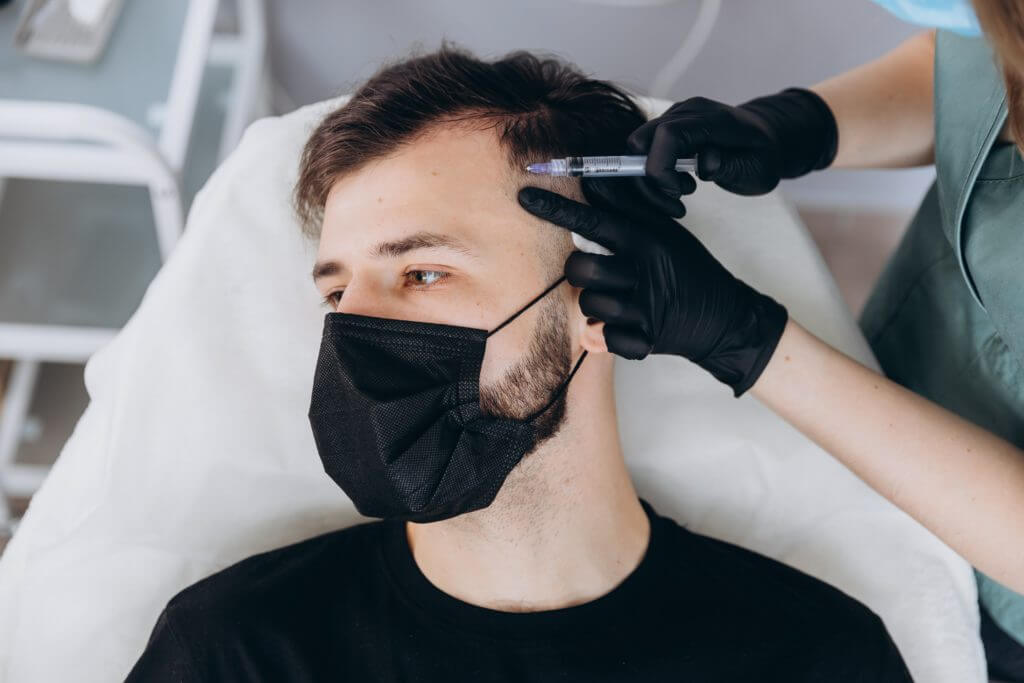
What is PRP for Hair Restoration?
PRP, or Platelet-Rich Plasma, is a treatment used for hair restoration and hair loss. The procedure involves the typical approach for Platelet-Rich Plasma because it also draws a small amount of the patient’s blood, which is then processed to extract the platelet-rich plasma. Platelets contain growth factors that promote tissue repair and regeneration.
During a PRP hair restoration treatment, the concentrated platelet-rich plasma is injected into the scalp in areas where hair thinning or hair loss has occurred. The growth factors present in the PRP promote new hair growth and improve the thickness and quality of existing hair.
PRP therapy works by increasing blood circulation to the hair follicles, promoting cell growth and repair, and increasing the timeframe of the growth phase of the hair cycle. It can be combined alongside other hair restoration procedures, such as hair transplants or medications.
The procedure is generally considered safe, as the patient’s blood is used, reducing the risk of infections and other diseases. However, the effectiveness of PRP for hair restoration may vary for each patient, and multiple sessions are usually required to achieve optimal results.
What are the causes of Hair Loss?
Several factors, including the following, can cause hair loss:
- Genetics: The most typical factor of hair loss is a hereditary condition called male-pattern or female-pattern baldness. It is commonly seen through a receding hairline in men and thinning hair in women.
- Hormonal changes: Hormonal imbalances such as pregnancy, childbirth, menopause, or thyroid problems can contribute to hair loss.
- Nutritional deficiencies: Inadequate intake of essential nutrients, such as iron, zinc, vitamin D, and protein, can weaken the hair follicles and lead to hair loss.
- Hairstyling and treatments: Excessive heat styling, chemical treatments (e.g., perming, relaxing), tight hairstyles (e.g., braids, ponytails), and frequent use of harsh hair products can damage the hair shaft and contribute to hair loss.
- Medications and treatments: Some medicines and treatments can lead to hair loss, like chemotherapy, radiation therapy, certain antidepressants, blood thinners, and cures for high blood pressure or heart problems.
- Physical or emotional stress: Experiencing a traumatic event, undergoing major surgery, or experiencing traumatic stress can affect hair growth.
How do you avoid Hair Loss?
Experts explained that it may not be possible to prevent hair loss in all cases entirely, but there are ways to minimize hair loss and reduce its risks, such as the following:
- Be gentle with your hair: It would be wise to prevent aggressive brushing, short hairstyles, and excessive heat styling, as they can damage the hair shaft and lead to breakage. Use wide-toothed combs and soft brushes, and let your hair air dry whenever possible.
- Use mild hair care products: While it is okay to use hair products, you must still be mindful and skeptical about the products you are using. Choose shampoos, conditioners, and styling products that are gentle and suitable for your hair type. Avoid products containing harsh chemicals or excessive alcohol, as they can remove the hair from its natural oils and cause damage.
- Manage stress: Excessive stress can contribute to hair loss. It would be best to practice stress management techniques such as exercise, meditation, deep breathing, or hobbies to reduce stress levels and promote overall well-being.
- Say goodbye to tight hairstyles: Hairstyles that pull on the hair, such as ponytails, braids, buns, or extensions, can cause traction alopecia over time. Give your hair regular breaks and opt for looser styles to minimize stress on the hair follicles.
- Shield your hair from the sun and environmental factors: Excessive sun exposure, wind, and pollution can damage the hair. Use hats, scarves, or protective hair products to shield your hair from these elements.
- Treat underlying medical conditions: If you have any underlying medical conditions or hormonal imbalances contributing to hair loss, consult a healthcare professional for appropriate treatment and management.
Remember that some types of hair loss, such as those caused by genetic factors, may not be preventable. If you are concerned about hair loss and experiencing significant hair thinning, seeking professional advice from a dermatologist or healthcare provider is advisable to determine the underlying cause and explore suitable treatment options.
Does non-surgical hair restoration promote natural hair growth?
The answer is a big fat YES! Non-surgical hair restoration methods promote natural hair growth by stimulating the existing hair follicles and improving their health. They may not create brand-new hair follicles, but they can help enhance the existing hair’s thickness, quality, and overall appearance.
Aside from PRP, here are other non-surgical methods to use for hair restoration:
- Topical medications: Medications like minoxidil (Rogaine) are applied directly to the scalp and can encourage hair growth, slow down hair loss, and improve hair thickness.
- Laser therapy: Low-level laser therapy (LLLT) devices, such as laser combs or helmets, emit red light that stimulates the hair follicles, increases blood flow, and promotes hair growth. LLLT may also help improve the existing hair’s overall health and strength.
- Hair care and styling techniques: Proper hair care, such as using gentle hair products, avoiding heat damage, and protecting the hair from environmental stressors, can maintain the health and appearance of the existing hair.
- Scalp micropigmentation (SMP): SMP is a cosmetic procedure that uses the concept of tattooing the scalp to create the illusion of a fuller head of hair. It is particularly effective for individuals with thinning hair or a receding hairline.
Why should you choose PRP for hair restoration?
But above all the options available, why does PRP work best? Firstly, PRP is a non-surgical and minimally invasive procedure. It involves using the patient’s blood, which is significantly safer than other methods; this aspect makes PRP safe and a convenient treatment option for individuals seeking to restore their hair without surgery.
One of PRP therapy’s critical benefits is its ability to stimulate natural hair growth. The concentrated platelet-rich plasma contains growth factors that promote tissue repair and regeneration. The growth factors stimulate the hair follicles, increase blood circulation to the scalp, and enhance the overall health of the hair follicles. Over time, this can improve hair thickness, density, and health.
Lastly, PRP therapy can be used as a complementary treatment alongside other hair restoration methods. It is often used with hair transplants or medications to enhance their outcomes. By providing a supportive environment for transplanted hair follicles, PRP can improve the success rate and longevity of the transplanted hair, leading to more satisfactory results for individuals undergoing hair transplant procedures.
If you are worrying about hair loss, try PRP for restoration at Savvy Derm Skin Clinic. Reserve a spot now to learn more about the treatment!


